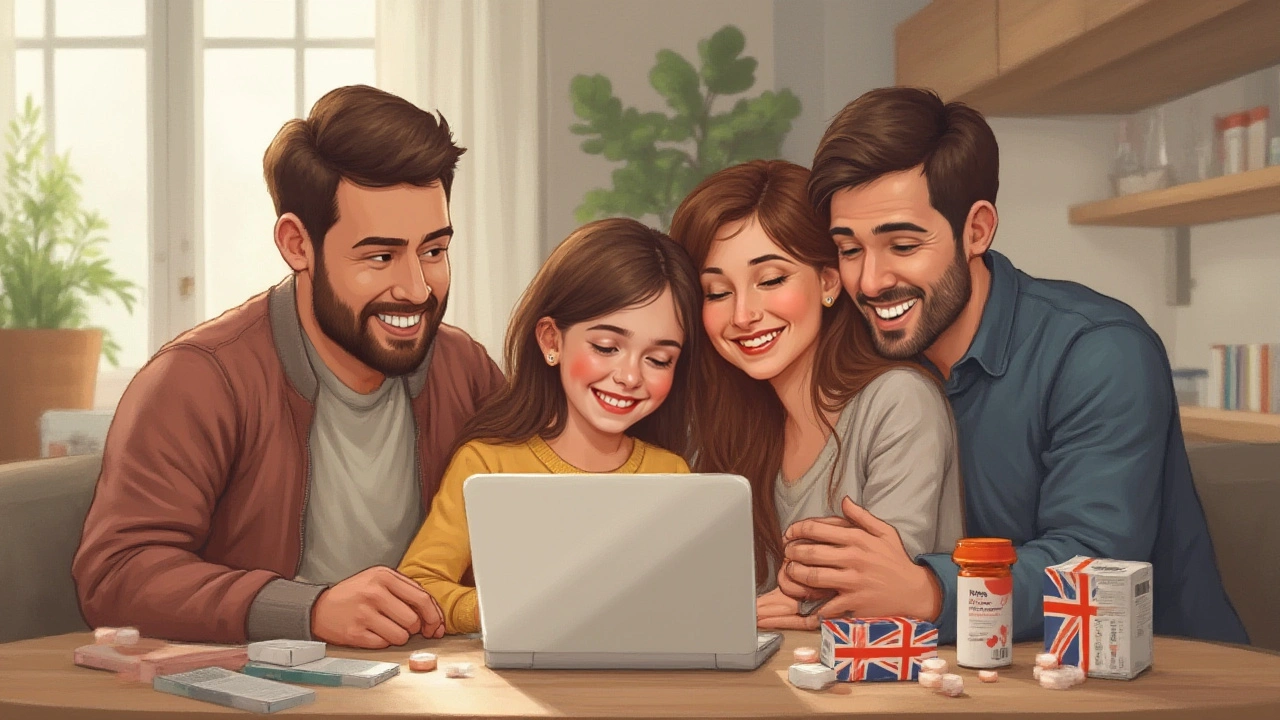Buy Medications Online: How to Stay Safe, Legal, and Save Money
Shopping for meds online can be faster and cheaper, but it carries real risks. Counterfeit drugs, wrong dosages, and illegal sellers are common problems. Below I’ll give clear, practical steps to find a reliable online pharmacy, protect your health, and avoid scams.
First, always check credentials. Look for a valid pharmacy license and contact info on the site—address, phone, and a licensed pharmacist. In the U.S., use the NABP or Verified Internet Pharmacy Practice Sites (VIPPS) seal. If the site ships from another country, compare its regulations to your local rules and be cautious.
Prescription rules and consultations
Never buy prescription-only drugs without a real prescription. Legitimate pharmacies require one and often offer an online consult with a licensed clinician. Be wary of sites that sell controlled meds without paperwork or that write prescriptions based only on an online quiz. That’s a red flag for unsafe or illegal dispensing.
Keep your doctor in the loop. Tell your prescriber if you plan to buy meds online so they can advise on brand, dosage, and interactions. This reduces the chance of dangerous side effects or wasting money on the wrong product.
How to spot a scam
Compare prices—very low prices that seem too good to be true usually are. Check customer reviews on independent sites, not just the seller’s testimonials. Look up the pharmacy on government watchlists and search the website’s WHOIS info to see how long it’s been active. No phone, poor translation, and pushy live chats are warning signs.
Use safe payment and shipping. Pay with a credit card or a trusted third-party service that offers dispute protection. Avoid wire transfers or crypto for first-time purchases. Check shipping options: tracked delivery, clear customs handling, and proper packaging matter when medicines cross borders.
Know the medicine. Verify active ingredients, dosage strength, and manufacturer details on the product page. If labeling is vague or photos are missing, don’t buy. If you’re switching brands or buying generics, compare the active substance and dosing schedule to your prescription.
Storage and authenticity checks matter. When your package arrives, inspect seals, expiry dates, and pill appearance. If pills look different from what you expect, contact the pharmacy and your healthcare provider immediately. Store meds according to label instructions—some need refrigeration or protection from light.
Want a quick checklist? Verify license, require prescription, read independent reviews, inspect packaging, save receipts, and report problems. Also check allergy ingredients and drug interactions using a reliable app or your pharmacist. For international orders, allow extra delivery time and expect customs duties too.
If something goes wrong, document everything: screenshots, order numbers, receipts, and correspondence. Report counterfeit or dangerous drugs to your local health authority and consumer protection agency. That helps stop bad sellers and protects others.
Buying meds online can work when you choose reputable sites, follow prescription rules, and stay alert for red flags. Use this checklist, keep your doctor involved, and prioritize safety over a quick deal.

